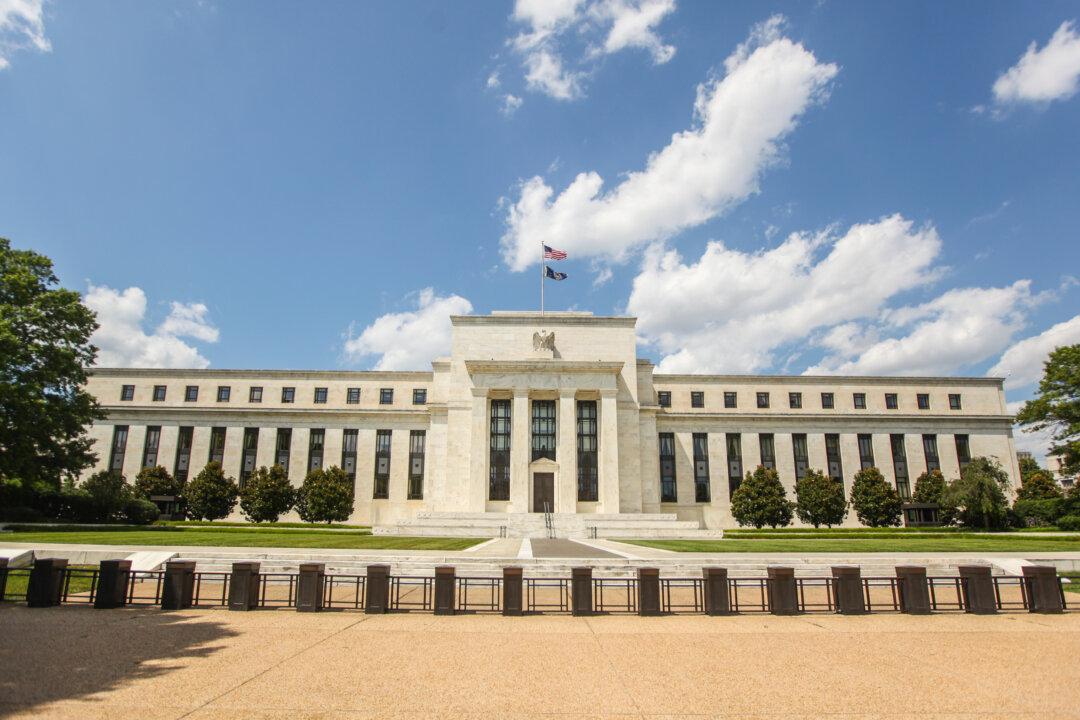China is growing fond of currency baskets. After the International Monetary Fund (IMF) added the yuan to its reserve currency basket, China decided it wanted to use a basket to track the exchange rate of its currency, rather than just the U.S. dollar.
This opens the door to further yuan depreciation, not to increase growth, but to prevent mass unemployment.
China has tracked the movement of the dollar until 2005, when the People’s Bank of China (PBOC) started to adopt a softer peg, but still kept the exchange rate under close control. This summer, the PBOC almost abandoned the peg and devalued the yuan, much to the surprise of the market. Since then it has gradually managed the decline against the U.S. dollar, and that’s where the new basket comes in.
Like the IMF’s special drawing rights (SDR) basket, the trade-weighted index of the PBOC is an empty basket. It just provides a reference to the value of the Chinese yuan compared to the currencies of its most important trading partners.






